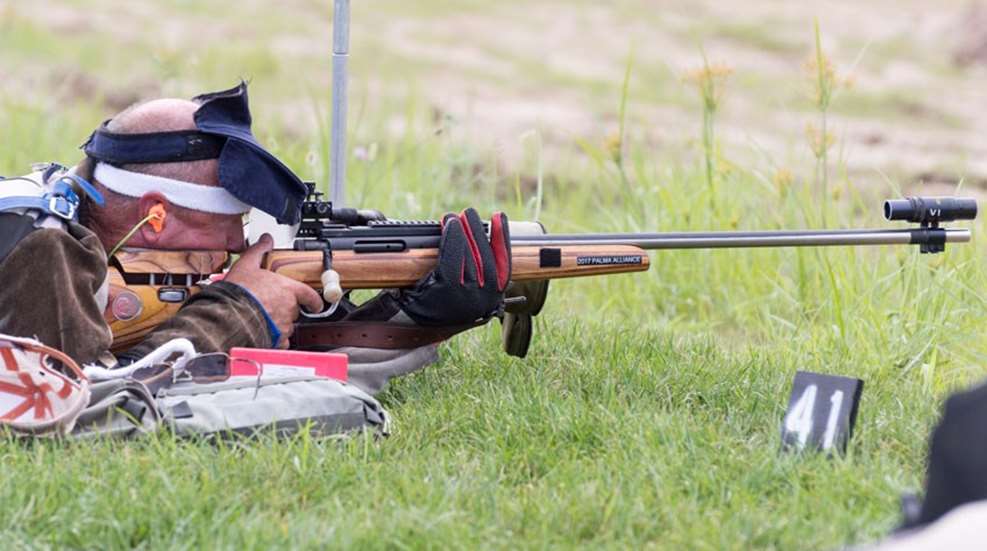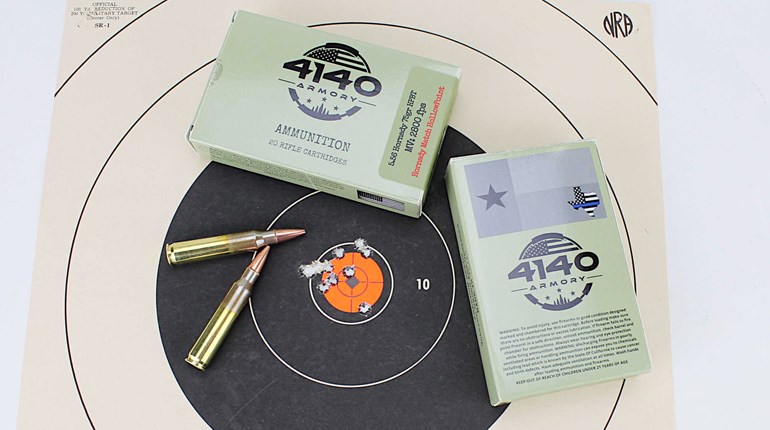
Exterior ballistics is the oldest of the three branches of ballistic study; it deals with the flight of the bullet from the muzzle to the target. This is the branch that most people are referring to when they use the general term "ballistics." Gun makers, target shooters, hunters and military ordnance officers have long understood the value of being able to accurately predict the path and impact point of firearm projectiles. The earliest works on the subject, dating from the Renaissance, were essentially practical manuals for cannoneers.
When rifled bores made accurate long-range shooting a practical reality, more precise methods for calculating bullet trajectories were needed. Some of the first mechanical computers, for example, were designed to make the arduous calculations required to direct the big main-battery guns on large naval ships. Today, even the most basic home computer or smartphone can readily run available exterior ballistics programs capable of calculating the path of nearly any bullet to 1,000 yards or more. The experienced shooter uses his or her knowledge of exterior ballistics to make the most of the shooting experience.
Exterior ballistics concerns a number of different factors. Among them are: velocity, bullet drop, trajectory, mid-range trajectory, maximum ordinate, line of departure, wind deflection, shot angle and maximum point-blank range. We'll cover the first five of those today.
1. Velocity
Simply put, velocity is the rapidity of movement or the quickness of motion. For firearms, velocity is normally expressed either in feet per second (f.p.s.) or meters per second (m.p.s.). Note that with a given cartridge and bullet, increasing muzzle velocity can be achieved by increasing the maximum allowable peak pressure (which raises the pressure curve peak), increasing the area under the curve by using a slower burning powder, or by a combination of the two.
2. Bullet Drop
Gravity begins to act on the bullet the instant it leaves the muzzle. Regardless of the angle of the bullet's trajectory, the force of gravity always acts to accelerate the projectile toward the center of the earth at a rate of 32.17 f.p.s., per second.
3. Trajectory
The bullet's flight path from muzzle to target is called its trajectory. Because a bullet begins to drop from the pull of gravity as soon as it leaves the muzzle, it is necessary to elevate the muzzle, launching the bullet in a slightly upward direction, to hit a distant target. For this reason, the bullet begins its flight at a point below the line of sight (LOS), rises above the LOS to its maximum height, then descends back to and below that line as it travels toward the target.
4. Mid-Range Trajectory
The maximum height above the line of sight of the bullet's path at one-half the distance for which the gun is zeroed is called the mid-range trajectory (i.e., the height at 100 yards for a gun zeroed at 200 yards), typically measured in inches or millimeters.
5. Maximum Ordinate
Maximum ordinate is the maximum height, which occurs at a point roughly 55 percent of the way to the zero range or the range at which the bullet path and line of sight intersect. Normally expressed in inches or millimeters, this figure is important to determine the maximum point-blank range of a cartridge.






































